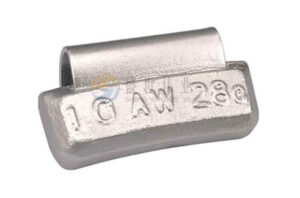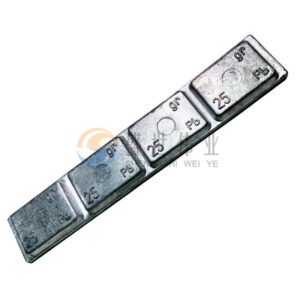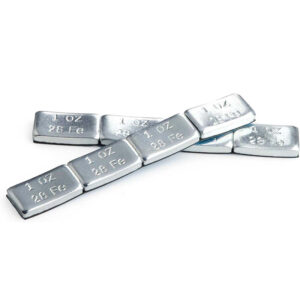Wheel weight service life
The wheel weight itself has no fixed “lifespan”. Its actual service life mainly depends on the installation firmness, material weather resistance and usage environment. The core judgment criterion is “whether it falls off or fails”.
The key factors that influence a vehicle's lifespan are as follows:
- Installation quality: If the adhesive backing of an adhesive balancing weight deteriorates or falls off, or the claws of a hook-type balancing weight become loose, the weight will fail and require immediate replacement. (The adhesive backing of adhesive balancing weights typically lasts 3-5 years, while hook-type balancing weights can last longer if they haven’t been impacted.)
- Material and environment: Metal balancing weights (such as lead, zinc, and iron) may rust if exposed to rain, snow, or salt (de-icing agents in northern China). However, rust itself does not directly affect balancing performance. Replacement is only necessary if rust causes structural damage or detachment.
- External impact: If the wheel hub is hit or scraped, the balancing weights can be knocked off or displaced. In this case, dynamic balancing must be performed again and new weights must be replaced.

Maintenance recommendations
- Regularly check your wheels for missing weights, especially if they experience vibration after high-speed driving.
- Rebalance after replacing tires or wheels.
- Selecting hook-type weights or high-quality adhesive products can reduce the risk of them coming loose.
In summary: As long as the wheel weights are intact and haven’t shifted due to external forces or aging, they can be used continuously. The vehicle should be rebalanced after each tire replacement or repair. If the balance weights are found to be defective, they can be replaced immediately; there’s no need to schedule them for replacement.



